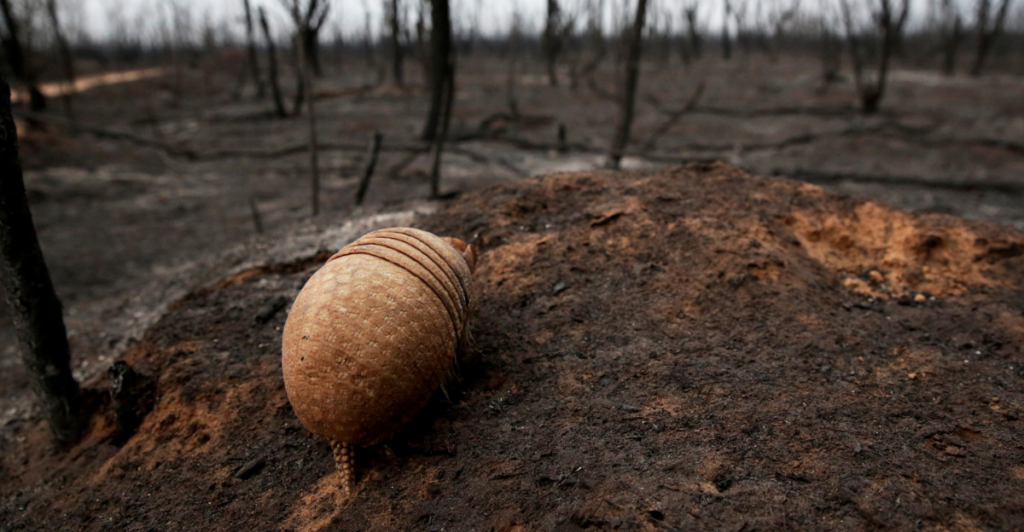
As the world starts to shift away from traditional fossil fuels, many cars are starting to adopt battery power. Lithium is a crucial element in electric vehicle batteries, but the demand has started a race to mine out lithium deposits locally instead of relying on foreign trading.
A Scramble To Mine
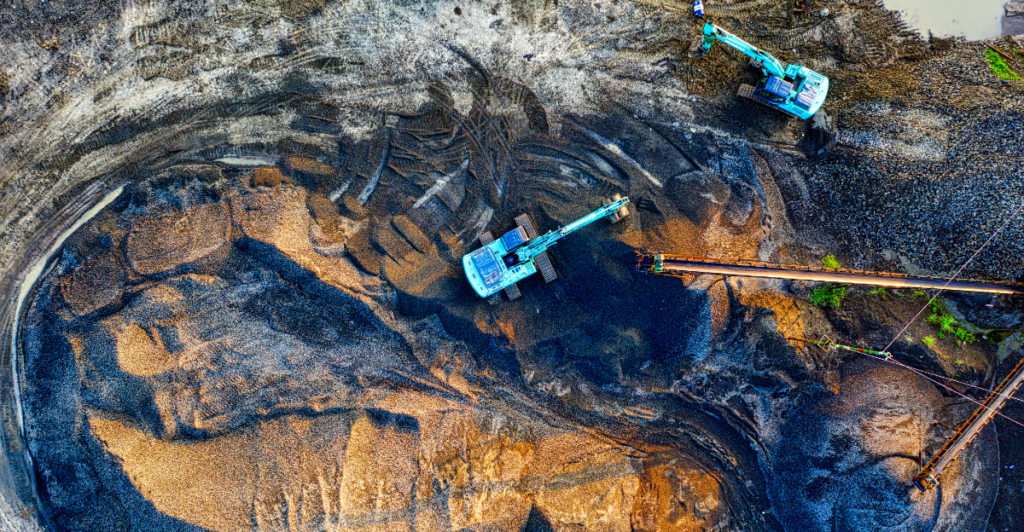
The United States has scrambled to supercharge domestic lithium mining operations. They do not want to be reliant on foreign trading with suppliers such as China. This domestic operation that’s accelerated so quickly has had a substantial effect on the environment and its wildlife.
Tiehm’s Buckwheat
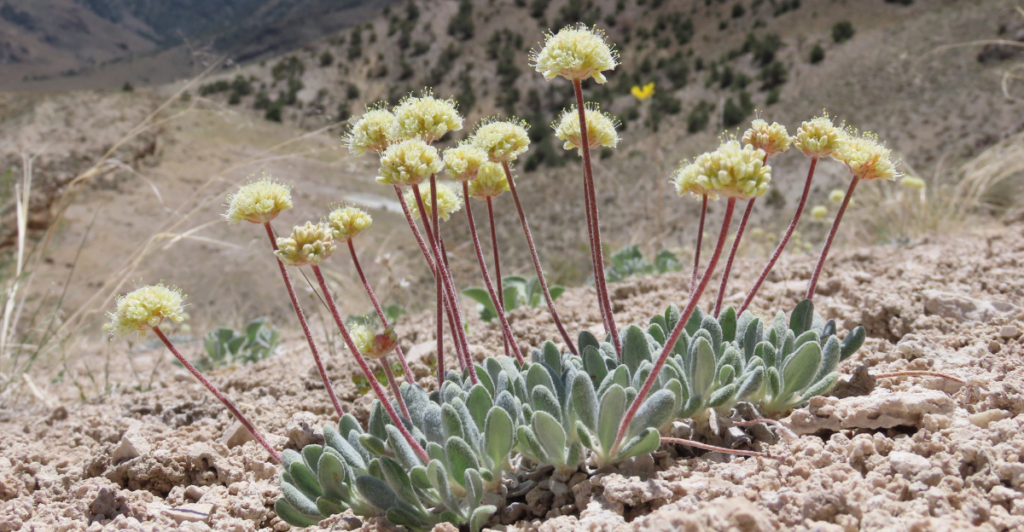
Nevada’s Rhyolite Ridge is home to a plant called Tiehm’s buckwheat. The plant could face extinction due to the lithium mining in the area. Naomi Fraga, Director of Conservation at the California Botanic Garden, notes, “I often ask myself, if we are willing to sacrifice Tiehm’s buckwheat, then what else are we willing to sacrifice?”
The Sage Grouse
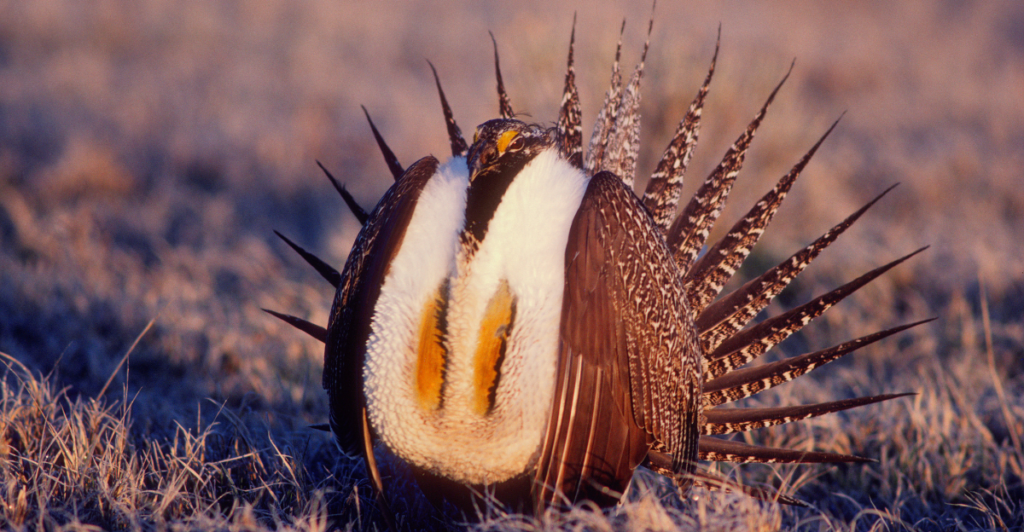
Lithium mining can have a drastic effect on the surrounding environment, which is often a crucial habitat for many animals and plant life. The construction of mines will affect the sagebrush steppe, which is a biome spanning many western states. This ecosystem is essential for the sage grouse.
Desert Tortoises
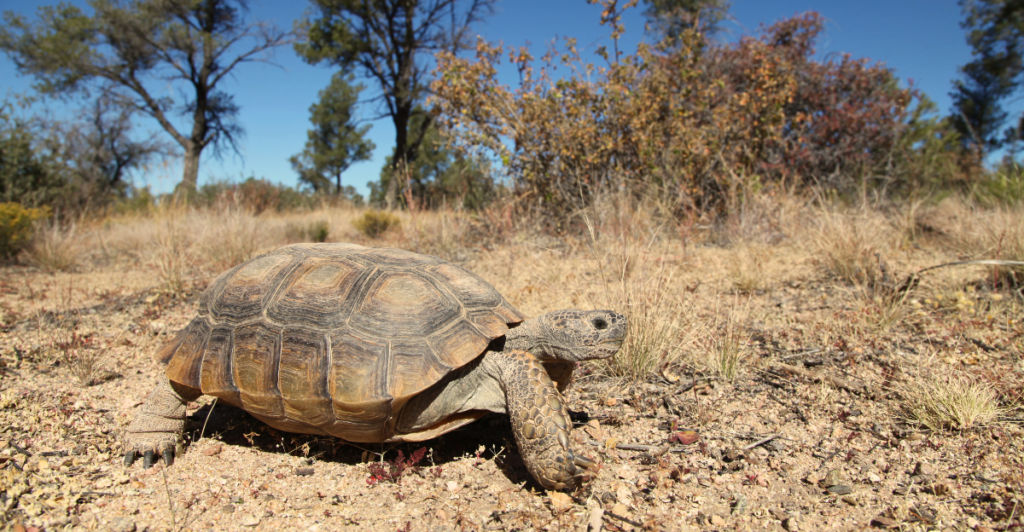
Lithium Mining operations could fragment the local desert tortoise population. The habitat could turn into isolated pockets, and with the tortoise population slow and vulnerable, they would not be able to adapt quickly. Isolated populations would mean less genetic diversity, creating a weaker species overall.
Mount Lyell Salamander
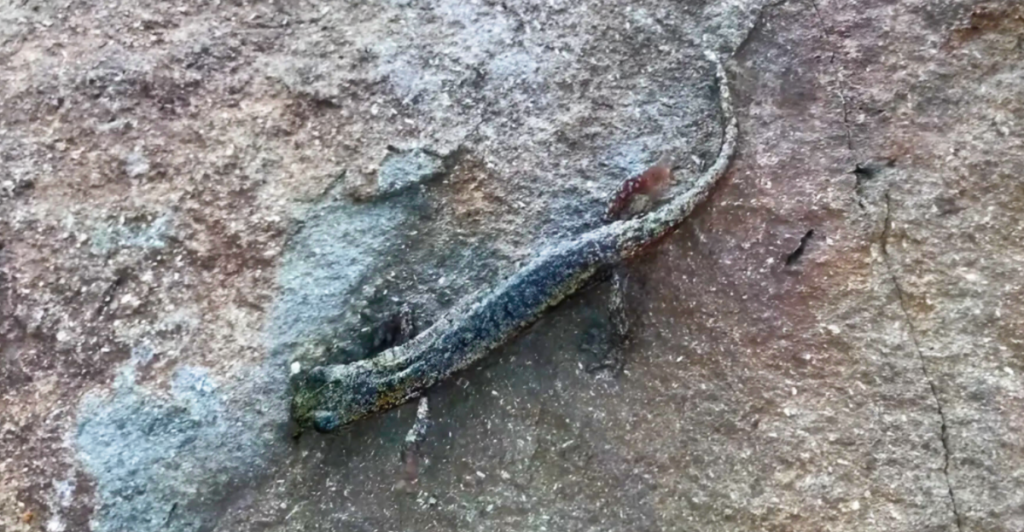
Lithium mining doesn’t just affect localized environments. Lithium mining often contaminates the surrounding water with chemicals as the extraction takes place. The Sierra Nevada mountains’ many streams could become polluted, which the Mount Lyell Salamander relies on. Their adaptations make them especially sensitive to changes in water quality.
Fish Species

A potential lithium mining site is The Salton Sea, a lake in California. This habitat houses many fish species that rely on perfect water quality. If mining operations begin, it wouldn’t be surprising for the local population to decline due to pollution.
Bird Migration

Even local bird populations could be affected by lithium mining. Many mining sites have migratory paths crossing over them. These mines could force birds to move around them, using more energy than they normally would along their routes. This would also remove more stopover sites so they can rest during their migration.
Andean Flamingo
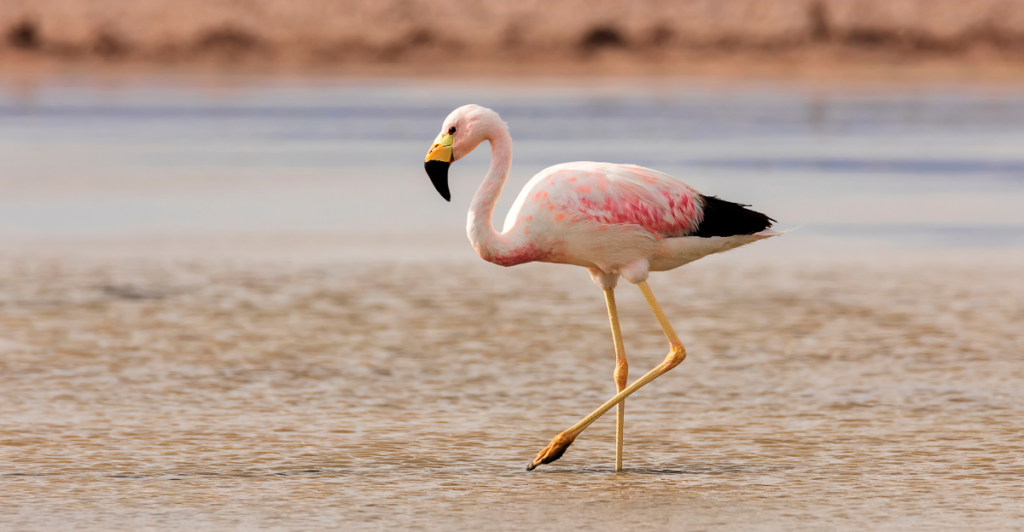
South America has one of the largest lithium deposits in the world. The Andean flamingo calls the large salt flat home, and the mining efforts there have proven to disrupt their feeding, as the brine in the salt flats becomes polluted, affecting local shrimp.
Vicuñas
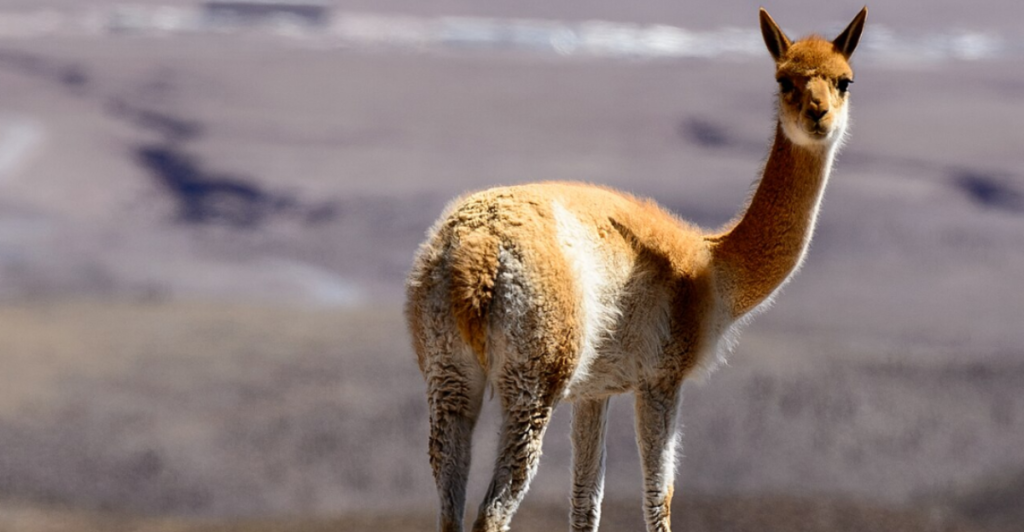
Vicuñas are wild animals that are closely related to the llama. They live in the Andean highlands close to large-scale lithium mining. These mining efforts have disrupted their grazing lands, forcing them to move, which isolates their population and shrinks their habitat.
Kings River Pyrg
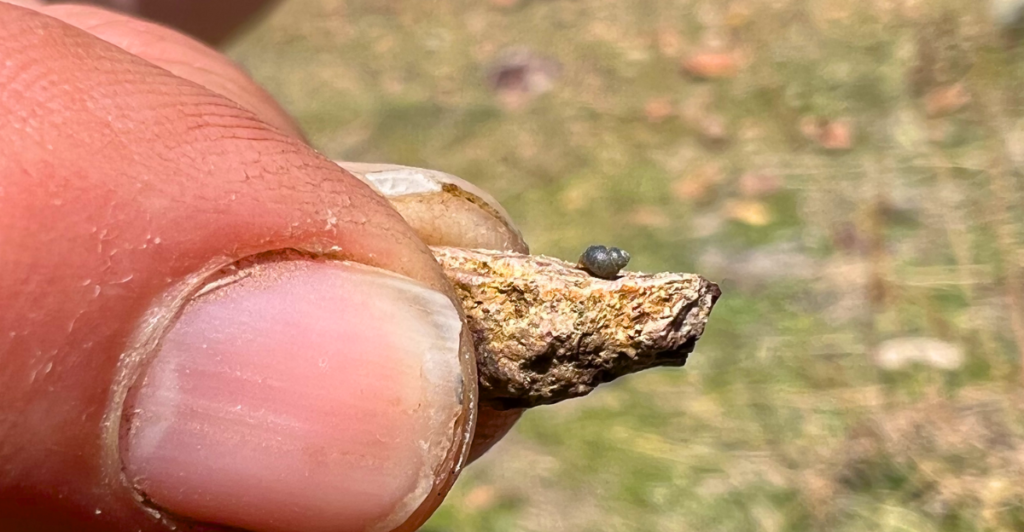
The Kings River pyrg is a rare and vulnerable springsnail species that lives at Thacker Pass. Mining operations in the area could decimate the micro-ecosystem that the tiny snail relies on. This could eventually lead to the extinction of the species if conservation isn’t proactive.
Great Apes
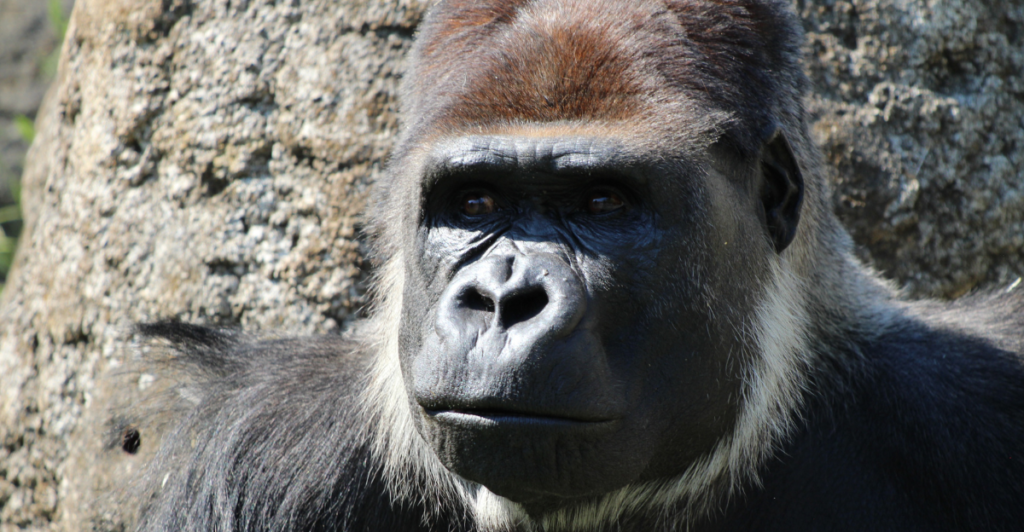
Lithium mining operations have been supercharged all over the world, and mining operations in Africa are especially harmful to local great ape populations. Gorillas, chimpanzees, and bonobos are threatened by habitat loss and noise pollution which results in a third of them being threatened.
Golden Eagle
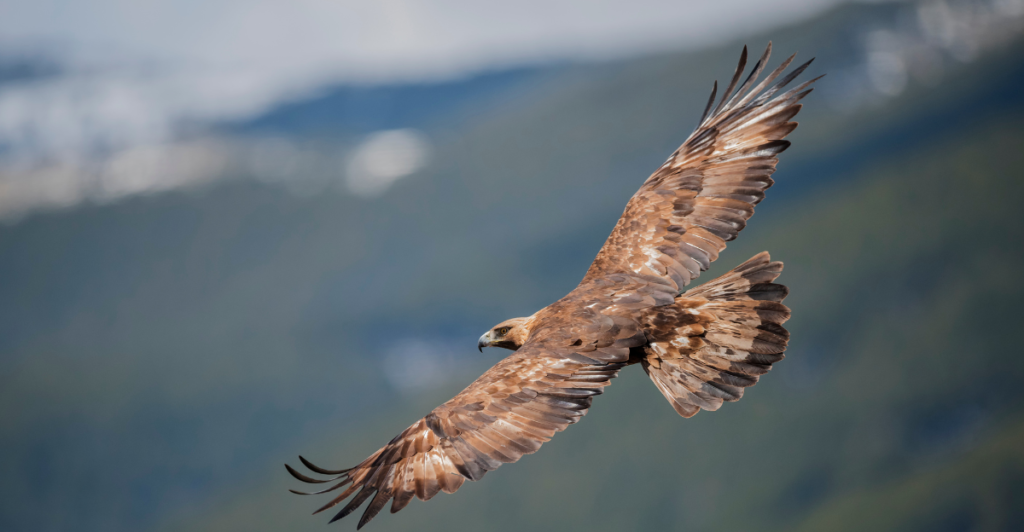
Golden eagles need large, natural areas for nesting. Lithium mining encroaches on these habitats, which means that they are less likely to reproduce and adds increased stress to their population. Air pollutants from the lithium mines can also affect golden eagle respiratory health.
Explore more of our trending stories and hit Follow to keep them coming to your feed!

Don’t miss out on more stories like this! Hit the Follow button at the top of this article to stay updated with the latest news. Share your thoughts in the comments—we’d love to hear from you!







